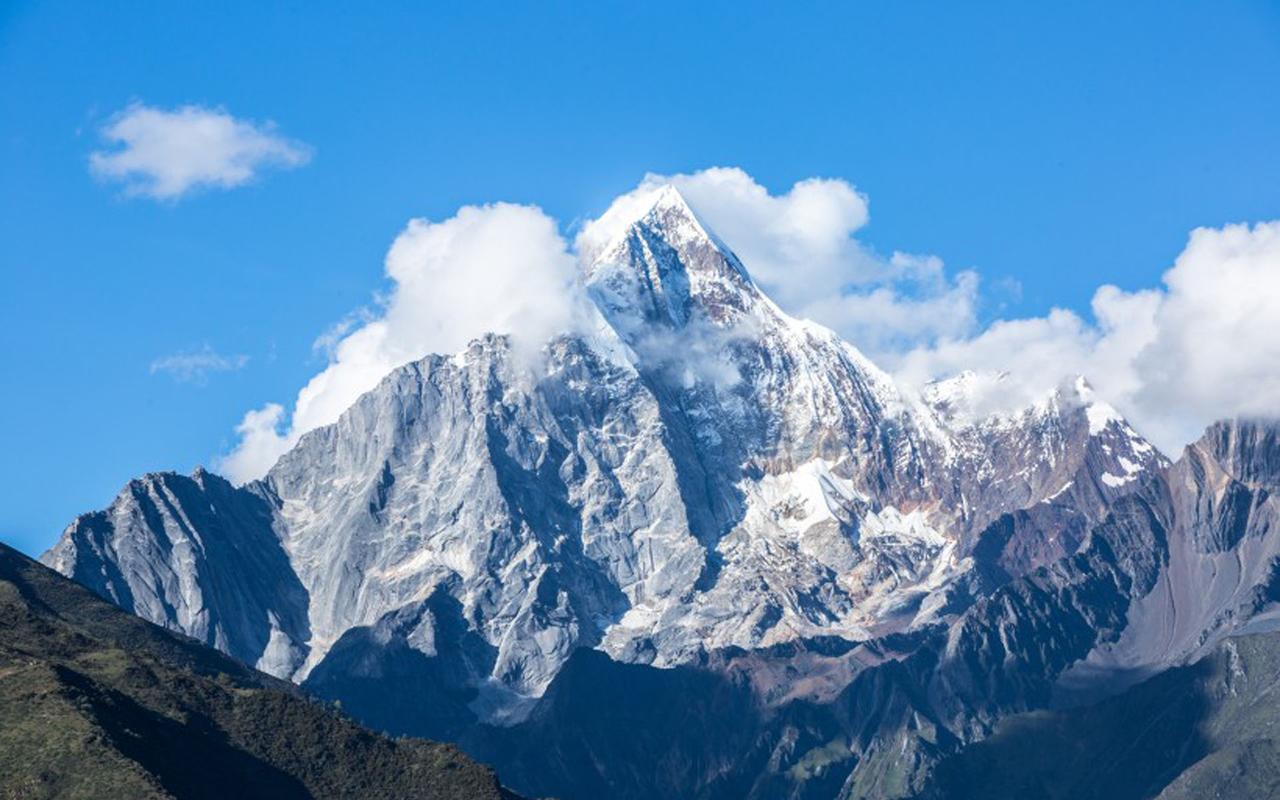The Caribbean is a unique region that is home to a multitude of cultures and ethnicities. This cultural diversity is a result of many factors including historical events, migration patterns, and a vibrant mix of indigenous and foreign influences. In this article, we will explore the dynamic factors that contribute to cultural diversity in the Caribbean, and how they shape the rich and complex cultural tapestry of this region.
Historical events such as colonization, slavery, and the transatlantic slave trade have had a significant impact on the cultural landscape of the Caribbean. These events brought people from all over the world to the region, each bringing their own distinct culture and traditions. European powers such as Spain, France, and Britain established colonies in the Caribbean and introduced their customs, language, and religion to the indigenous peoples of the region.
The transatlantic slave trade brought millions of Africans to the Caribbean as slaves, where they were forced to assimilate into new cultures and often lost touch with their own traditions. However, African culture lives on in the Caribbean through art, music, dance, cuisine, and spirituality.
Migration patterns have also contributed to the diversity of the Caribbean. Many people migrated to the region in search of work or a better life. For example, Chinese immigrants arrived in the Caribbean in the mid-1800s and brought with them their own food, medicine, and language. Indian indentured laborers also arrived in the region in the late 19th century and brought their own customs and religion.
The indigenous people of the Caribbean, such as the Arawaks and Caribs, also contributed to the cultural diversity of the region. Their traditions and practices have been passed down through the generations and are still evident in many aspects of Caribbean life.
The Caribbean is also unique in its blend of different religions, including Christianity, Hinduism, Islam, Rastafarianism, and Vodou. These religions have influenced the region’s art, music, and culture, and continue to shape the identities of Caribbean people today.
The Caribbean’s cultural diversity is also evident in its cuisine, which is a blend of African, European, and indigenous flavors. Popular dishes such as jerk chicken, rice and peas, and roti reflect the region’s rich cultural heritage.
In conclusion, the cultural diversity of the Caribbean is a result of many dynamic factors, including historical events, migration patterns, and indigenous influences. This diversity is what makes the region unique and fascinating, and it is celebrated in the art, music, cuisine, and religion of the Caribbean people. By understanding and appreciating the dynamic factors that contribute to cultural diversity in the Caribbean, we can gain a greater appreciation of the richness and complexity of this region.
(Note: Do you have knowledge or insights to share? Unlock new opportunities and expand your reach by joining our authors team. Click Registration to join us and share your expertise with our readers.)
Speech tips:
Please note that any statements involving politics will not be approved.
